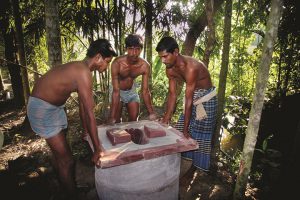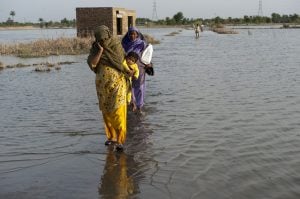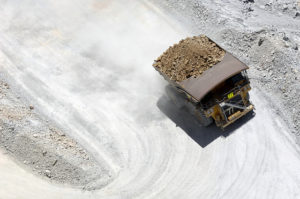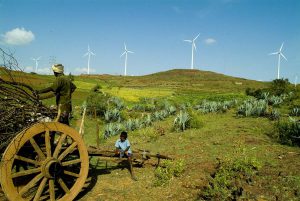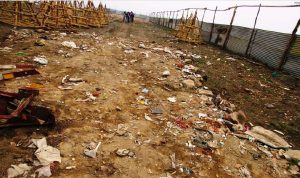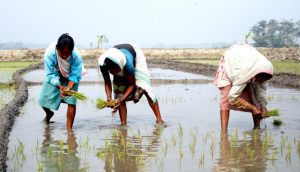Residents of northeast India’s Arunachal Pradesh had long been concerned over the scores of hydropower projects proposed for their state. But the frenetic rush, it seems, is over with private companies that had earlier queued up to build dams in the state losing interest and asking the public sector National Hydel Power Corporation (NHPC) to take over their projects.
By 2009 Arunachal Pradesh had signed 153 memorandums of understanding (MoU) to generate over 43,000 MW of electricity, pushing aside environmental concerns and the risks posed by clustering dams. Six dams, for instance, were proposed on the Lohit river – a tributary of the Brahmaputra which rises in eastern Tibet. Work on most projects, however, is yet to take off.
Last year, Chief Minister Nabam Tuki said that the state had signed pacts with power developers to execute 160 projects with a total capacity of 46,948 MW. He said directions had been given to power developers to start work but also admitted that several MoUs and memorandums of association (MoAs) had “been cancelled”.
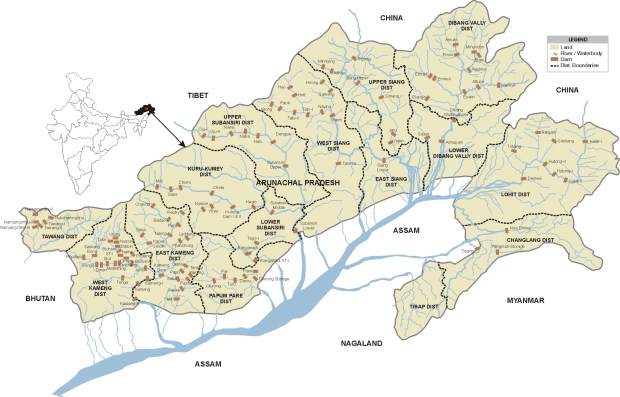
A senior official of the NHPC said on condition of anonymity, “Private companies have approached us to take over their projects or work in association (with them) on their hydel power projects. Their main concern is that they now don’t see these projects as cost-effective, and therefore want to pull out.”
He steered clear of confirming whether NHPC had agreed to take over private sector projects and stressed that the public sector undertaking (PSU) was focussed on its own projects at the moment.
“We are focussing on two projects at the moment. There is a 1,400 MW project in Tawang, and a 2,000 MW project in Subansiri. The Subansiri project had some hurdles, but we are working on allaying the fears and misconceptions of people regarding its downstream impact; 50% work on this project is already done,” he said.
The lower Subansiri hydropower project in Arunachal Pradesh has been held up by protests from people in downriver Assam who have expressed concerns over their livelihood and fears of catastrophic floods in the event of an earthquake, which is a major risk in the area.
The NHPC official, however, assured that “fears are being addressed and work is in progress”.
“Work will start full-swing once the (Assam assembly) elections are over,” he said, adding that they could also start work on another hydropower project on the Dibang river. The polls are scheduled this year.
Private players face hurdles
One of the private players, Jindal Power Limited (JPL), which has three projects in Arunachal Pradesh — 3,097 MW in Etalin, 1,800 MW in Kamala, and 680 MW in Attunli —is now looking at “associating” with public sector bodies like NHPC. Asked why, a JPL spokesperson said, “These projects are currently under various stages of development and JPL is exploring prudent avenues of association to unlock shareholder value and build hydro-electric energy assets for the nation.”
Other private players talk about lack of roads and power lines in some places, frequent outbreak of protests from locals and environmentalists, and regulatory hurdles that have delayed these projects. As constant delays have led to cost overruns, private players have started seeing these projects as less attractive.
One NHPC official said, “Most of these projects are storage dams which are of a certain height while the reservoir is at a lower level. This causes loss of (electricity) generating capacity. Public sector units can afford to maintain this lower level in order to mitigate the threat of floods, but private sector companies cannot afford this loss.”
In January there was a large protest in Tawang led by Buddhist monks, saying no to large dams in an “ecologically, culturally, and strategically sensitive district”. The protestors claimed that improper maintenance of the 25 current small and mini hydropower projects had led to a power crisis in the district. If these are maintained well, they said, there would be no need of bigger dams to meet the power requirement.
‘Mess in process’
Himanshu Thakkar, coordinator of South Asia Network on Dams, Rivers and People (SANDRP), termed the various hydropower projects in the state as a “mess in process”. “Despite all the MoUs signed, barring two-three, none of the other projects have started in Arunachal Pradesh. This is because the decision making process in itself was flawed — the community impact assessment was false, it did not involve the local community,” he said.
“When the private companies rushed in to sign those projects, in the period between 2005 and 2010, the demand for electricity was high. There was no risk for the private companies. The financial risk was borne by the government and the environmental risk by the locals. So courier companies, tobacco companies, hotel industry, everyone rushed in to sign contracts. But now the price of electricity has dropped. In the east, it’s less than a rupee per unit. The future does not look bright for them, especially because solar power is coming up,” Thakkar said. He added that NHPC was “struggling with its own projects”, referring in particular to the lower Subansiri project.
Between demands of “no more dams” and private players hoping to either withdraw or get into a joint venture, the fate of these projects looks uncertain for a long time to come.


